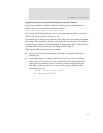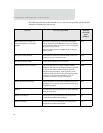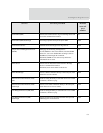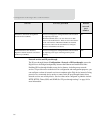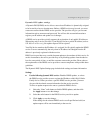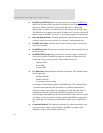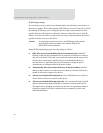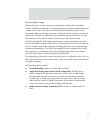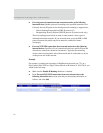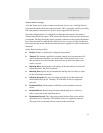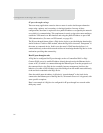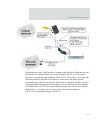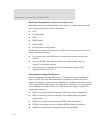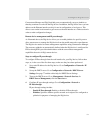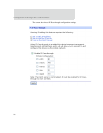
91
Configure Digi devices
IP forwarding settings
When a Digi device acts as a router and communicates on both a private and public
network with different interfaces, it is sometimes necessary to forward certain connections
to other devices. This is also known as Network Address Translation (NAT) or Port
Forwarding. When an incoming connection is made to the device on the private network,
the IP port is searched for in the table of port forwarding entries. If the IP port is found,
that connection is forwarded to another specific device on the public network.
Port Forwarding/NAT is useful when external devices can not communicate directly to
devices on the public network of the Digi device. For example, this may occur because the
device is behind a firewall. By using port forwarding, the connections can pass through
the networks transparently. Also, Port Forwarding/NAT allows multiple devices on the
private network to communicate to devices on the public network by using a shared
private IP address that is controlled by Port Forwarding/NAT.
Port forwarding can be used to connect from a Digi device to a RealPort device, such as a
Digi Connect SP. For this type of connection to occur, your mobile wireless provider must
be mobile-terminated.
IP Forwarding settings include:
Enable IP Routing: Enables or disables IP forwarding.
Apply the following static routes to the IP routing table: The Digi device
can be configured with permanent static routes. These routes are added to the
IP routing table when this device boots, or afterward when network interfaces
become active or changes are made to this list of static routes. The use of static
routes provides a means by which IP datagrams can be routed to a network that
is not a local network or accessible through the default route.
Enable Network Address Translation (NAT): Enables or disables the use of
NAT.



